15 garden trends that will transform your garden in 2025 – ideas and styles to replicate this year
These garden trends will help you get the most from your outside space
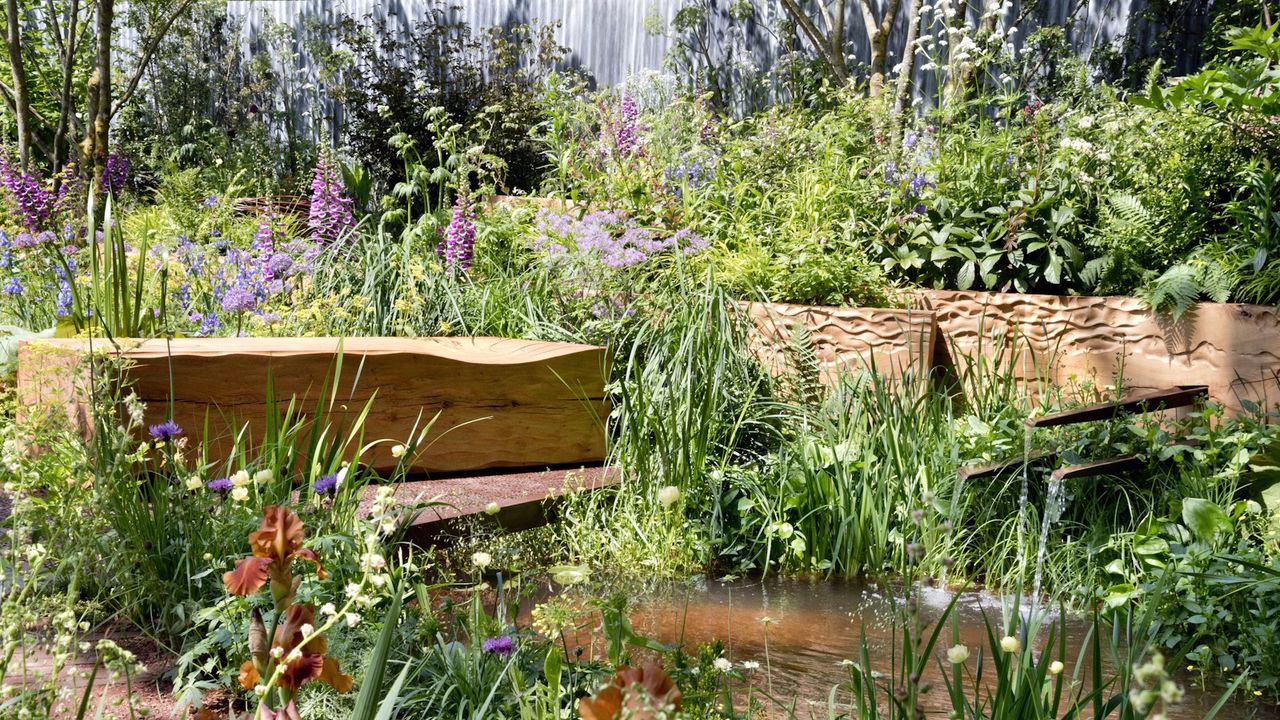
- 1. Wild gardening
- 2. Create organic boundaries
- 3. Naturalistic planting
- 4. Wildlife friendly spaces
- 5. Think vertically
- 6. Plant ornamental edibles
- 7. Grow a wild meadow
- 8. Consider flood prevention
- 9. Plant flowers for pollinators
- 10. Plant maximalist borders
- 11. Think big
- 12. Lived-in aesthetic
- 13. Go for greenhouse living
- 14. Celebrate soil
- 15. Grow unusual species

Staying up to date with the latest garden trends can help to keep your outside space feeling fresh. Whether you are planning to re-landscape your entire plot later this year, or perhaps you want to develop an underused corner in the coming weeks, keeping an eye on the current trends is always a good idea.
Trends and styles change every year, although many themes remain constant for long periods of time. As with any trend, however, only implement what works best for you in terms of your garden and personal taste. A garden that has several different and conflicting trends will not feel like a cohesive space, so choose wisely.
So, if you are looking for inspiring backyard ideas, our guide on the latest garden trends has all the information you need to stay ahead of the curve, and there is no better time to get started.
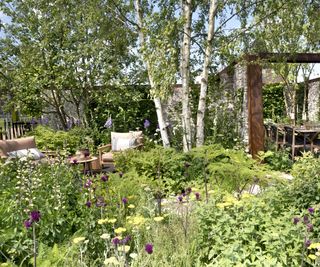
Transform your outside space with the latest garden trends
Whether you have a small garden, are researching sustainable garden ideas, or want to create the ultimate entertaining garden, our list of garden trends will no doubt leave you with a collection of inspiring new ideas for your outdoor space.
1. Opt for wild gardening
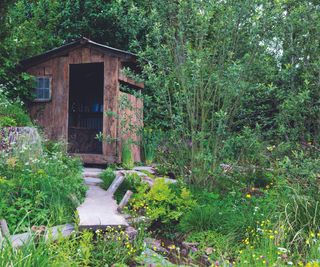
Wild gardening is certainly impacting how many designers and landscapers approach outside spaces. Forget formal gardens with neat lines and rows of bedding plants, this approach is all about finding balance with the natural world.
Fortunately for us, wild gardening is all about a relaxed mindset. So, allow plants to self-seed and the weeds to grow, and don't worry about keeping on top of your hedge trimming. Wild, less-manicured spaces will feel verdant and full of life, and will also prove to be a hit with wildlife.
2. Create organic boundaries
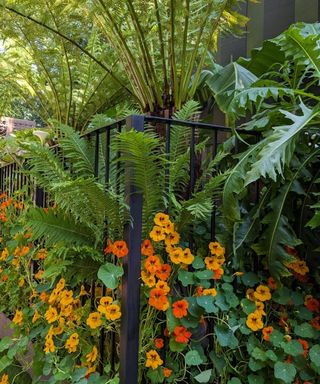
Using planting to form natural barriers to noise and pollution is an increasing trend in garden design. As you can see in the image here, using climbers and shrubs can help to create a green boundary, ideal if you reside in a city. Bare fences and walls are to be avoided, and instead, gardeners should create an enclosed sanctuary with dense planting.
Not only will this look good, but it will also help to create wildlife corridors and increase biodiversity in your plot. So, use perennial and annual climbers, like nasturtiums as seen here, to maximize greenery even at the very edges of your space. Nasturtium seeds are available from Burpee.
3. Choose naturalistic planting
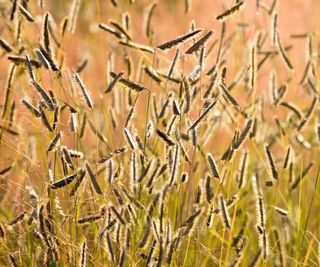
Naturalistic planting has been a popular garden trend for several years now and looks set to remain as such. Planting combinations and compositions that are inspired by the surrounding landscape can help to create calming garden retreats.
Consider using some of the best native grasses, such as blue fescue, Pennsylvania sedge, or little bluestem, which look just as good in winter as they do in summer. Live little bluestem plants are available from Amazon.
'One striking native grass is Bouteloua gracilis, commonly known as blue grama grass,' says Maya Argaman, native plant expert and Horticulture Senior Program Coordinator at the California Native Plant Society. 'This native prairie plant can be grown from US hardiness zone 3 and would be a wildlife-friendly addition to any garden.'

Maya is the Horticulture Senior Program Coordinator at the California Native Plant Society. She graduated from UC Davis with a degree in Environmental Science and Management, where she fell in love with native plants in both the natural and built environment.
4. Encourage wildlife friendly spaces
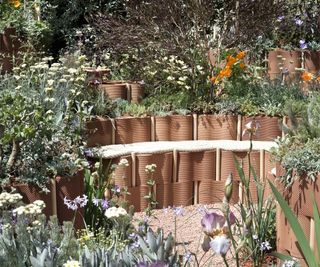
Concerns about the environmental impact of gardening are leading to more sustainable design choices. Using local and natural hard landscaping materials, as well as plants that can boost wildlife garden ideas will transform any garden.
Gardens that focus on working with wildlife are beneficial not just for you, but for the local environment. So, think about pollinator-friendly blooms for summer this year, such as cosmos, marigolds, sunflowers and zinnias, and fill your yard with bees and butterflies.
Wildflower and pollinator seed mixes are available from Walmart.
5. Think vertically
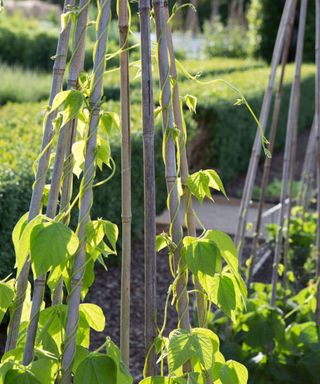
Embracing vertical garden ideas has gained momentum as a trend in recent years. Dramatic vertical planting, with differing textures and movement, can transform a small courtyard garden, providing an oasis of calm and well-being.
The introduction of vertical planting can significantly increase the diversity of plants in a yard, and this can help to maximize the planting on display.
So, whether you use bamboo canes in borders, or want to create a green wall on the exterior of your home, growing upwards is a must this year.
6. Plant ornamental edibles
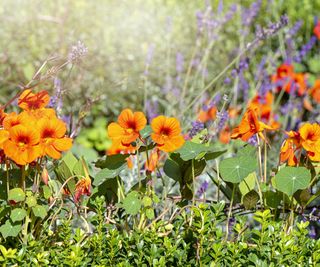
With the continuing rise of the grow-your-own movement, gardeners are now exploring ways to combine vegetables, fruit and herbs among flowers in mixed planting schemes that are both practical and pretty.
Ideas include selecting crops as much for their taste as their ornamental properties for year-round interest, including flowering edible climbers. Whether you garden on a balcony, in a city garden or large country estate, there is inspiration for how you can develop a plot-to-plate experience.
7. Grow a wild meadow
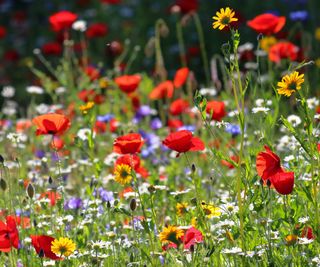
Instead of neatly trimmed lawns that are devoid of flowers, consider growing a wildflower meadow that is full of color and life. Think poppies, daisies and clover, all buzzing with pollinators during the summer months.
This is better for the local environment, as traditional lawns provide very little wildlife habitat and require weekly mowing to keep them looking smart. Instead, opt for a low-maintenance meadow that can be sown in spring and left alone until the fall.
8. Consider flood prevention
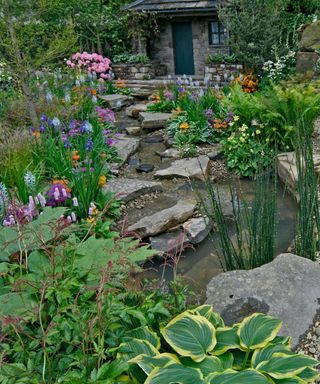
It is important that every garden should adopt nature-based solutions to combat extreme weather patterns. In many regions, flooding is common during fall, spring and winter, so incorporating flood defense strategies is a good idea.
One approach would be to create a rain garden, whereby water is directed into a ditch to prevent pooling near the home. This simple idea can also look impactful when moisture-loving plants are used, such as marsh marigolds or water irises.
9. Plant flowers for pollinators
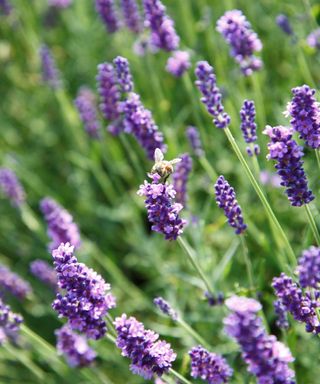
Using plants for pollinators has long been a trend in gardening. Perennials like salvias or coneflowers are known to be a hit with bees, as well as herbs like lavender and thyme. There can be nothing better than hearing buzzing bees during high summer.
Make sure you include plants for every season, opting for nectar-rich bulbs, such as crocus or daffodils, helping to provide food for pollinators early in the year, as well as late-flowering perennials, like asters and black-eyed Susan.
Live coneflower plants are available from Walmart.
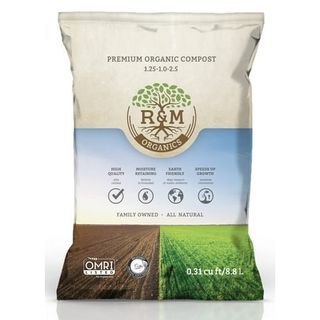
This organic mix is high in nutrients and will improve the soil structure in your pots and borders.
10. Plant maximalist borders
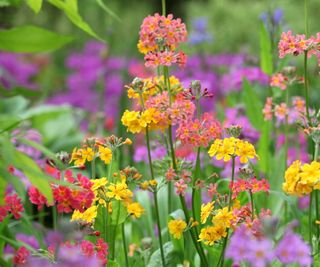
'Learning how to create a maximalist border is to build a garden that is full of life,' says plant expert, Katie Sunderlage. 'Color is an important garden trend this year, but I would suggest picking three or four colors and sticking to them in any maximalist border. You want a high-impact scheme, but not one that looks messy.
'Stay away from planting in rows or growing individual plants,' Katie says. 'You want to randomly repeat perennials and shrubs, planting in drifts so it feels more spontaneous and exciting.'
For a colorful annual, try growing cock's comb, otherwise known as celosia, with seeds available from Burpee.

Operations Manager at Holland Group, managing the customer service department and purchasing. Katie has been in the green industry since 2005 in the Greater Milwaukee area, earning her degree in Horticulture in 2008. She has been able to share her love for plants working in multiple garden centers, in sales positions and most recently in an online retail platform at Holland Group.
11. Think big
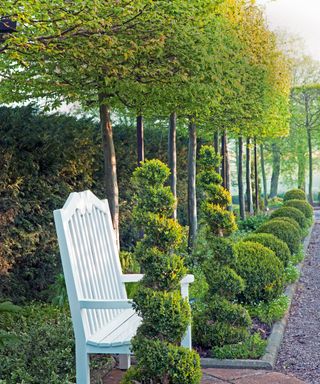
Every garden needs large-scale trees or shrubs to create a visual impact – even in a small backyard. As long as you choose the appropriate species and variety of a tree, do not be scared to think big!
Whether you have several Italian cypress trees, one large beech tree, or a collection of mighty oaks, gardening at scale will help to create an enclosed sanctuary that feels far away from the outside world.
12. Create a lived-in aesthetic
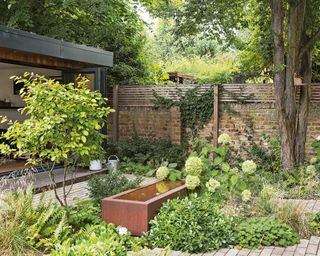
A lived-in garden is relaxed and laid-back, and links to themes of wild gardening and naturalistic planting. Many designers now agree that outside spaces shouldn't be serious, and gardeners should not worry over small details. Instead, relax and give plants the freedom to grow, fade and fall.
There is beauty in seeing leaves on the ground or browning foliage, and a little wildness is inviting, making the garden feel like it has been there forever. So, take your foot off the gas, and unwind in your garden. The weeding can wait until tomorrow.
13. Go for greenhouse living
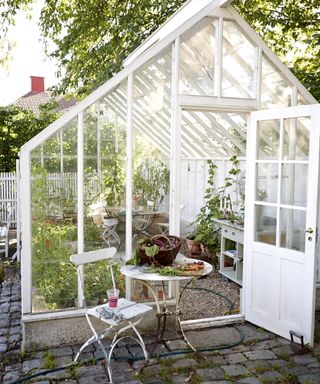
A trend for larger greenhouse ideas and glasshouses has been influenced by the fact that we are increasingly using our greenhouses for both horticultural requirements and other ‘lifestyle’ uses.
You might want to strictly use your greenhouse for cultivation, but consider also making it a space for relaxation and al fresco dining. Just think, unwinding with a coffee or a good book, surrounded by fragrant plants - what could be better?
14. Celebrate soil
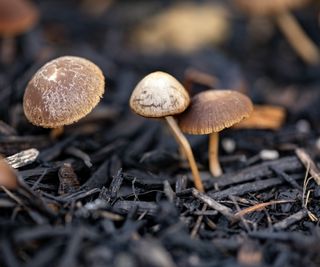
There has been a big focus in the last few years on celebrating soil - and rightly so in our opinion. Carving out a space for composting is important, and making your own soil and mulch can work wonders for your plants.
Try also the no-dig gardening method if you are looking to renovate an existing bed. This technique seeks to feed the soil from above, without digging and disrupting the balance of organisms and microbes in the soil.
Charles Dowding's No Dig Gardening book is available from Amazon.
15. Grow unusual species
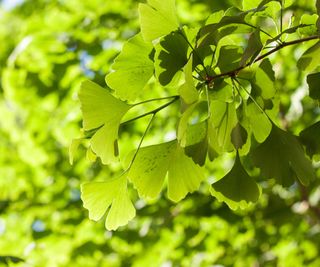
If you want your yard to stand out from the crowd, why not plant one or two unusual species? In recent years, we are seeing more and more gardeners looking to grow trees and shrubs that are unique, such as the ginkgo tree or the monkey puzzle tree.
So, instead of growing hydrangeas, roses or lilacs, ask your local plant nursery for something different. There are many unusual native options available, such as hedge apples or the paw paw tree.
Whatever garden trends you decide to implement in your yard this year, just remember to have fun in your outside space. Gardening is - and should remain - enjoyable, meditative and relaxing, so be sure that your garden is a sanctuary that helps you to unwind.
For more ideas, see our guide on things that make a yard look cheap, outlining design details that can have a negative impact.
Sign up to the Homes & Gardens newsletter
Design expertise in your inbox – from inspiring decorating ideas and beautiful celebrity homes to practical gardening advice and shopping round-ups.

Thomas is a Content Editor within the Gardens Team at Homes and Gardens. He has worked as a professional gardener for both public spaces and private estates, specializing in productive gardening, growing food and flowers. Trained in Horticulture at the Garden Museum, he has written on gardening and garden history for various publications, including The English Garden, Gardens Illustrated, Hortus, The London Gardener and Bloom. He has co-authored a Lonely Planet travel book, The Tree Atlas, due out in 2024.
You must confirm your public display name before commenting
Please logout and then login again, you will then be prompted to enter your display name.
-
 5 sofa styles to avoid if you want a timeless living room
5 sofa styles to avoid if you want a timeless living roomThese sofa styles are the ones to avoid if you want to future-proof your living room, according to interior designers
By Ruth Doherty Published
-
 5 low-energy and useful tasks to try instead of doom-scrolling – this brain hack will break bad habits
5 low-energy and useful tasks to try instead of doom-scrolling – this brain hack will break bad habitsExperts urge you to try it for your wellbeing
By Chiana Dickson Published
-
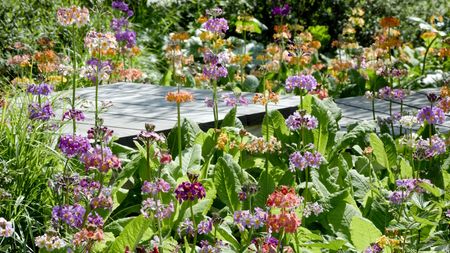 Best flowering ground cover plants – 5 expert-approved species to fill your borders with vibrant color
Best flowering ground cover plants – 5 expert-approved species to fill your borders with vibrant colorThese flowering ground cover plants will not only look good but will also prove popular with bees and butterflies
By Thomas Rutter Published
-
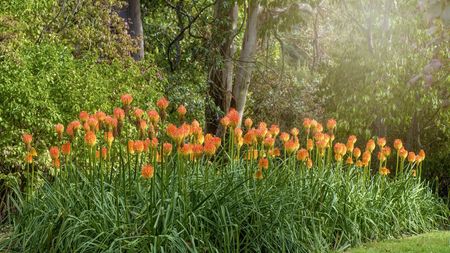 How to grow red hot poker – for low-maintenance and long-lasting flower spikes that pollinators adore
How to grow red hot poker – for low-maintenance and long-lasting flower spikes that pollinators adoreIf you enjoy colorful, vibrant borders, there can be no better perennial to grow than red hot pokers
By Thomas Rutter Published
-
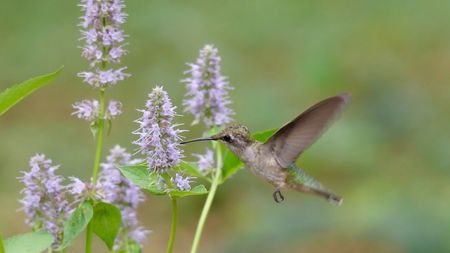 Best perennials to attract hummingbirds – 5 fantastic flowers to grow, as recommended by master gardeners
Best perennials to attract hummingbirds – 5 fantastic flowers to grow, as recommended by master gardenersThese colorful and fragrant perennials will prove popular with hummingbirds and other pollinators
By Thomas Rutter Published
-
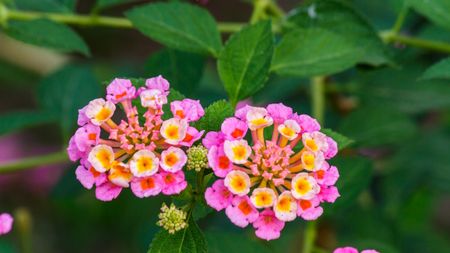 How to grow lantana in pots – and transform even tiny gardens with masses of kaleidoscopic flowers this year
How to grow lantana in pots – and transform even tiny gardens with masses of kaleidoscopic flowers this yearFor colorful and wildlife-friendly blooms, there can be no better plant than lantana
By Thomas Rutter Published
-
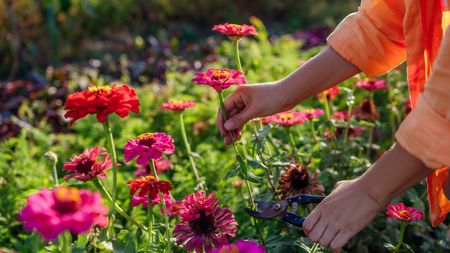 7 dazzling cut flowers to plant in April for bountiful blooms to enjoy in bouquets, vases, and displays this summer
7 dazzling cut flowers to plant in April for bountiful blooms to enjoy in bouquets, vases, and displays this summerDiscover sowing tips from an expert horticulturist
By Drew Swainston Published
-
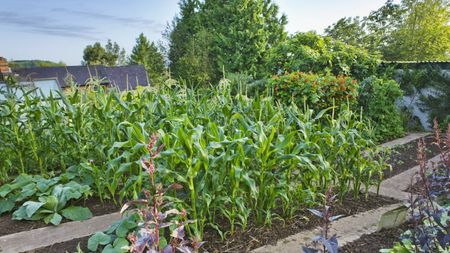 7 of the best vegetables to plant in April, with sowing tips from an experienced grower for bumper harvests
7 of the best vegetables to plant in April, with sowing tips from an experienced grower for bumper harvestsFrom broccoli to zucchini, April is a fantastic time to plant a wide range of vegetables
By Drew Swainston Published
-
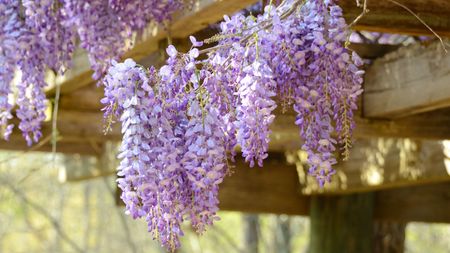 Best fragrant spring-flowering perennials – 5 charming choices to infuse delightful scent in your yard this season
Best fragrant spring-flowering perennials – 5 charming choices to infuse delightful scent in your yard this seasonSpring is full of so many beautiful aromas, uplifting our yards and making them an even more pleasant place to be
By Tenielle Jordison Published
-
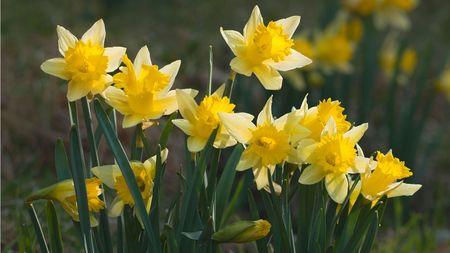 Is it too late to plant daffodil bulbs in March? Expert advice on making late planting a success
Is it too late to plant daffodil bulbs in March? Expert advice on making late planting a successThese stars of spring should be planted in fall, but that doesn't necessarily mean you've missed your opportunity once spring comes around
By Tenielle Jordison Published

